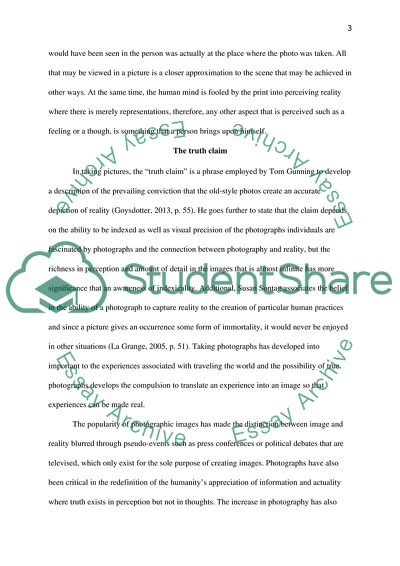Cite this document
(Relationship Between Photography and Reality Coursework, n.d.)
Relationship Between Photography and Reality Coursework. https://studentshare.org/visual-arts-film-studies/1855043-2500-word-illustrated-essay
Relationship Between Photography and Reality Coursework. https://studentshare.org/visual-arts-film-studies/1855043-2500-word-illustrated-essay
(Relationship Between Photography and Reality Coursework)
Relationship Between Photography and Reality Coursework. https://studentshare.org/visual-arts-film-studies/1855043-2500-word-illustrated-essay.
Relationship Between Photography and Reality Coursework. https://studentshare.org/visual-arts-film-studies/1855043-2500-word-illustrated-essay.
“Relationship Between Photography and Reality Coursework”. https://studentshare.org/visual-arts-film-studies/1855043-2500-word-illustrated-essay.


